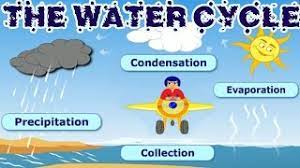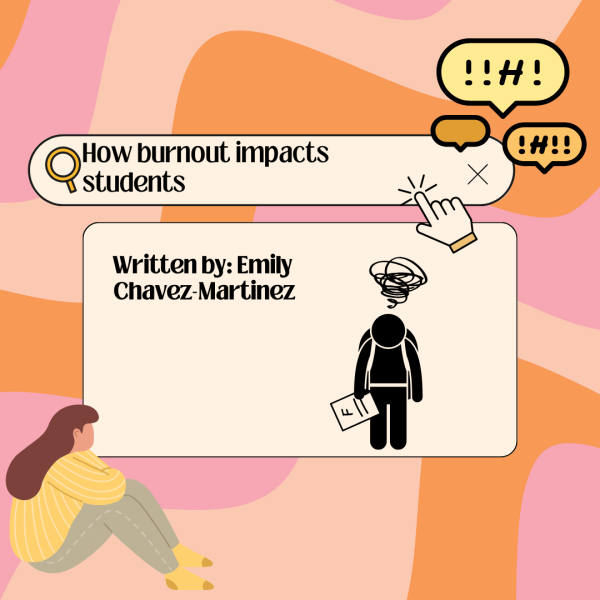What is Evaporation, Condensation, and Precipitation? Well, teenager meteorologist Zachary Veal explains!!

The water cycle describes how water is exchanged (cycled) through Earth’s land, ocean, and atmosphere. Water always exists in all three phases, and in many forms—as lakes and rivers, glaciers and ice sheets, oceans and seas, underground aquifers, and vapor in both the air and clouds.
Evaporation, Condensation, and Precipitation:
The water cycle consists of three major processes. What are they, you ask? Well, the three major processes are evaporation, condensation, and precipitation. But first, let me start off with explaining what evaporation is all about.
Evaporation:
Evaporation is the process of a liquid’s surface changing to a gas. In the water cycle, liquid water (in the ocean, lakes, or rivers) evaporates and becomes water vapor.
Water vapor surrounds us, as an important part of the air we breathe. Water vapor is also an important greenhouse gas. Greenhouse gases such as both water vapor and carbon dioxide insulate the Earth and keep the planet warm enough to maintain life as we know it. Increasing amounts of greenhouse gases in the atmosphere also contribute to global warming.
The water cycle’s evaporation process is driven by the Sun. As the Sun interacts with liquid water on the surface of the ocean, the water becomes an invisible gas (aka: water vapor). Evaporation is also influenced by wind, temperature, and the density of the body of water.
Next, let me talk about when condensation means.
Condensation:
Condensation is the process of a gas changing to a liquid. In the water cycle, water vapor in the atmosphere condenses and becomes liquid.
Condensation can happen high in the atmosphere or at ground level. Clouds form as water vapor condenses, or becomes more concentrated (dense). Water vapor condenses around tiny particles called cloud condensation nuclei (or CCN, for short). CCN can be specks of dust, salt, or pollutants. Clouds at ground level are called fog or mist.
Like evaporation, condensation is also influenced by the Sun. As water vapor cools, it reaches its saturation limit, or dew point. Air pressure is also an important influence on the dew point of an area.
Now, let me talk about what precipitation means.
Precipitation:
As is the case with both evaporation and condensation, precipitation is a process. Precipitation describes any liquid or solid water that falls to Earth as a result of condensation in the atmosphere. Precipitation includes rain, snow, and hail.
Fog is not precipitation. The water in fog does not condense sufficiently to precipitate, or liquefy and fall to Earth. Both fog and mist are a part of the water cycle called suspensions: They are liquid water suspended in the atmosphere.
But precipitation is one of many ways water is cycled from the atmosphere to the Earth or the ocean.
EXTRAS:
And finally, as recommended by my 4th hour Writing for Publication teacher Mr. McLeod, he wanted me to include in this article how relative humidity affects evaporation, condensation, and precipitation too. So, let me explain all of that below.
First, let me start with how relative humidity has an effect on evaporation. The lower the relative humidity, the drier the air, and the higher the evaporation rate. But the more humid the air, the closer the air is to saturation, and less evaporation can occur.
Next, let me explain how relative humidity has an effect on condensation. And that is it tells us how close the condensation rate is to the evaporation rate. As relative humidity nears 100 percent, the condensation rate nears the evaporation rate. Low relative humidity values mean that the evaporation rate greatly exceeds the condensation rate. But, because relative humidity depends on the evaporation rate, which depends on temperature, relative humidity doesn’t tell us how much water vapor is present in the air.
And last but not least, let me explain how relative humidity has an effect on precipitation. And that is in the water cycle, clouds block the Sun and cool the air underneath them, which increases the relative humidity of the air. Once the air is saturated, precipitation starts falling, but even before that, the air can become both foggy and misty. But eventually or pretty soon, both condensation and precipitation cool the air enough to stop convection, and the clouds break apart.
Your donation will support the student journalists of Dakota High School. Your contribution will allow us to purchase equipment and cover our annual website hosting costs.

Zachary Veal is a senior at Dakota High School. He is interested in music while playing percussion in his 3rd hour Concert Band class right here at Dakota,...







